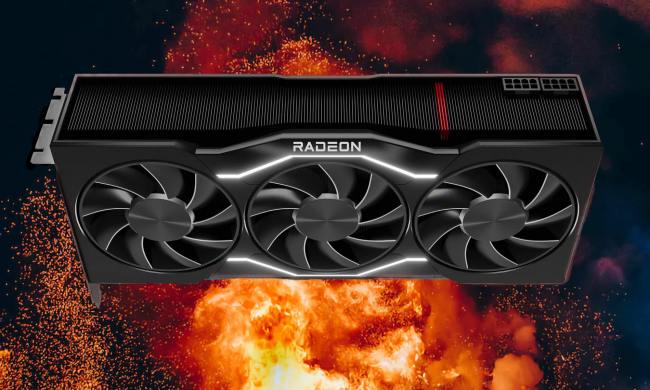
On the flight, USA Today journalist Steven Petrow sent emails to colleagues, discussed elements of articles he was writing, and even reached out to security experts for comments and quotes. To do all this, though, he used the “open” in-flight Wi-Fi from American Airlines partner, Gogo. Although encouraged to use a VPN if accessing sensitive information via the public Internet source, Petrow ignored that advice, to his regret.
Fortunately the man sitting just behind him alerted him to the security flaw in his practices when the flight landed, as he was keen to point out the dangers associated with weakened security — including the fact that he was operating on the flight’s open Wi-Fi. The situation may be analogous to what many might face if Apple loses in its FBI case.
Related: Tim Cook says FBI is asking Apple to write the software ‘equivalent of cancer’
The argument given by many from the perspective of the FBI is that this is just one smartphone Apple is being asked to weaken the security on. Apple’s action in opening the phone won’t be rolled out to others as a standard update and no other users will be immediately affected, we’re assured.
However, as Mr Petrow and his white-hat friend believe, it won’t take long before other users are affected. If precedent is set that the FBI can demand a weakening of security, it will likely do so again when it has another phone it needs to break into. Governmental agencies in other countries may soon wish to do the same.
If this begins to happen on a larger scale, many believe the FBI will see this as a foot in the door to creating standardized backdoors into hardware. Time will tell.



